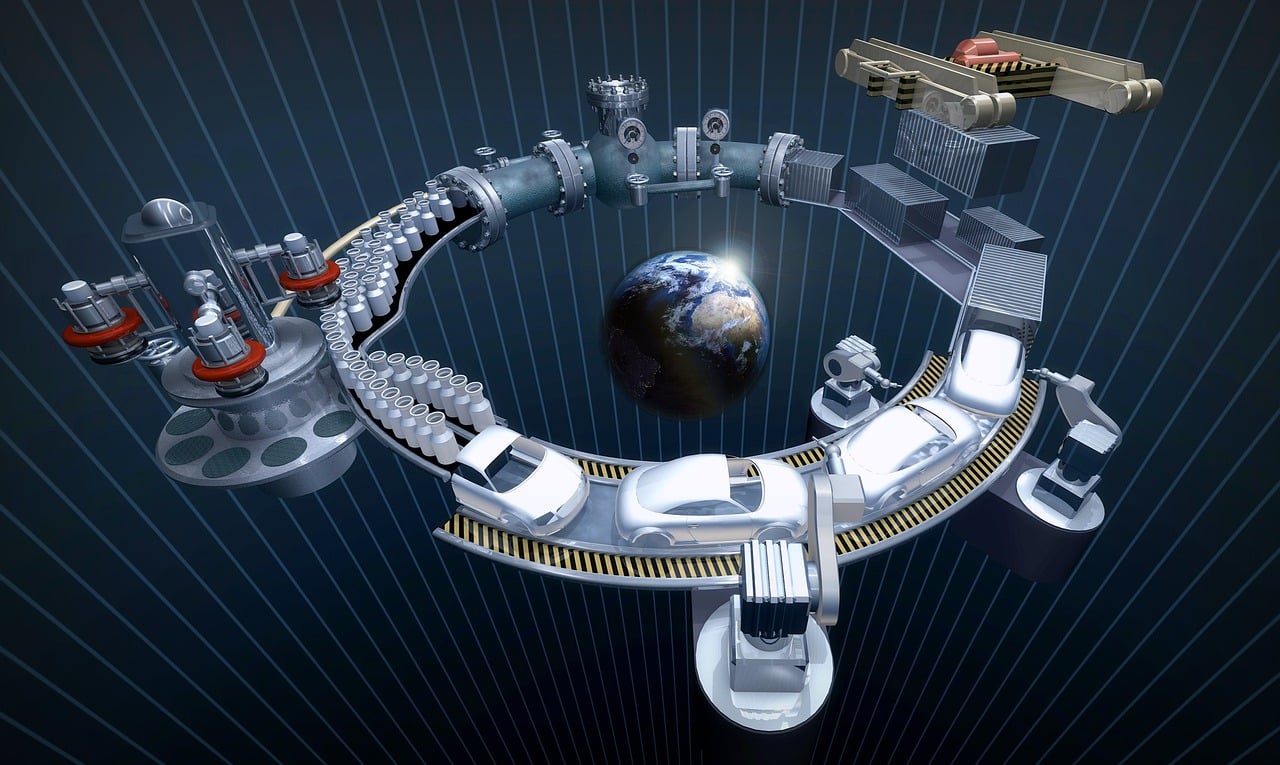
The value chain describes how a company's activities are carried out.
Value chain is a theoretical concept that describes the way in which the actions and activities of a company are developed. Based on the definition of a chain , it is possible to find in it different links that intervene in an economic process : it begins with the raw material and extends to the distribution of the finished product.
In each link , value is added, which, in competitive terms, is understood as the amount that consumers are willing to pay for a certain product or service .
Value chain analysis
The analysis of the value chain allows us to optimize the production process , since the operation of the company can be seen in detail and at each step. Cost reduction and the search for efficiency in the use of resources are usually the main objectives of the businessman when reviewing the value chain. In this way, every firm manages to expand its margin (result of the difference obtained when comparing the total value with the cost of the activities).
On the other hand, the study of the value chain makes it possible to achieve a strategic advantage , since there is the chance to generate a value proposition that is unique in the market .

Analyzing the value chain helps optimize the production process.
Competitive landscape
It is important to emphasize in this sense that in the economy and also in the configuration of the aforementioned value chain, what is called the competitive landscape , which is also fundamental in said advantage, acquires a relevant and important role.
Specifically, a total of four aspects of this panorama are established that strongly influence the chain in question. Thus, first of all, there is the degree of integration , which is a term that defines all those activities that are carried out in the house or company itself and not in other independent companies.
Secondly, we find the industrial panorama , which is the set of industrial sectors that are related to each other and that are in which our company competes thanks to a perfectly delimited and coordinated strategy with the clear objective of achieving the goals that have been set. marked.
The third element that can influence the value chain is the segment landscape . More precisely, it refers to the variations that may be affected by both the specific product and its buyers.
And finally, the fourth element that concerns us is the geographical panorama . As its name indicates, this name includes the countries, counties or regions where the company competes based on a perfectly coordinated strategy.
Value chain subsystems
There are specialists who distinguish two subsystems in the formation of the value chain. A demand chain , which involves the processes linked to the creation of demand , and a supply chain , dedicated to satisfying demand in a timely manner.
It is also possible to differentiate between two types of value activities. One of them is related to primary activities , a group of actions focused on the physical production of each product and its transfer to the buyer. Support activities , on the other hand, support the primaries and involve the participation of human resources, inputs and technology, for example.
